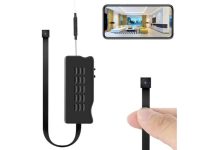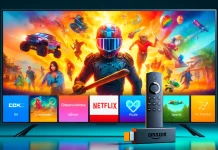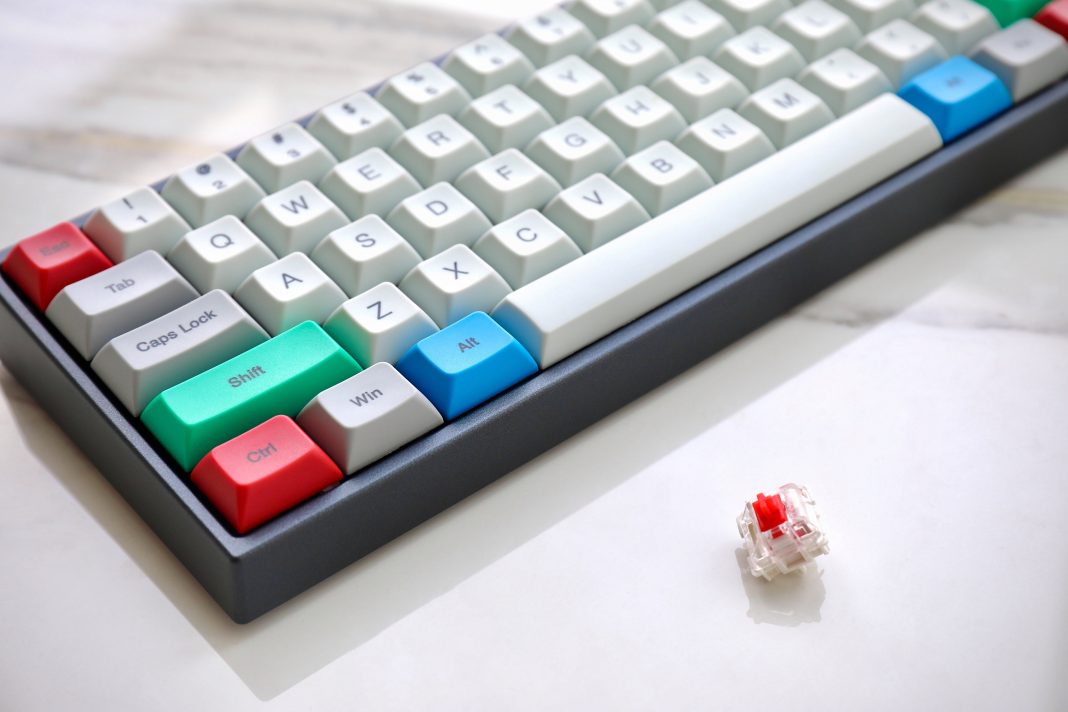The keyboard market has become a more crowded place. People are beginning to understand the value of a high-quality typing experience. Meanwhile, companies inspired by this demand have been pumping out more and more keyboards. With so many options available, how can you select the best possible keyboard for your personal use?
Things to Consider
Having a clear idea of what you’re looking for can help narrow down options. Consider the following factors (in order of importance) to arrive at a keyboard solution that best suits your need.
Device Compatibility
It would be terrible for your new keyboard to arrive and for it not to work with your device(s). Make sure your keyboard lists your operating system as “compatible” and read reviews to confirm whether all its features are supported. In particular, pay attention to the function row and modifier keys (Ctrl & Alt on Windows and Command & Option on macOS). If you’re in doubt, see if the modifier keys in question are on the keycaps or “extra keycaps are provided.” Extra keycaps generally indicate that the keyboard is cross-compatible with both Mac and Windows devices (because the extra keycaps will be Mac-specific or Windows-specific modifier keys).
Bluetooth Versus Wired
In today’s day and age, I am confused by the fact that not all keyboards have Bluetooth capability. However, I understand this is an easy cost-cutting measure that doesn’t compromise much of the user experience. When deciding which option is best for you, consider the following:
- Do you value portability?
- Do you use your keyboard with multiple devices?
- Do you like a clean setup with the least number of wires possible?
If your answer to the above questions was “Yes,” you value wireless functionality. However, if you have a dedicated work area and rely solely upon a single primary device, you may not need the wireless capability. It truly depends on your preference. In my opinion, I would default to looking at wireless options as it gives your keyboard greater versatility. Also, many wireless keyboards can run wired, getting power and sending input to your computer via the cable. If you’re worried about having to change batteries or keep the keyboard charged, know many wireless keyboards have this option.
Form Factor
Keyboards now come in a wide variety of form factors. The first decision I would make is to determine whether you need an ergonomic keyboard. Ergonomic keyboards reduce typing fatigue and pain by conforming to your hand’s natural shape and position. If you find yourself with any of these effects from typing on a regular keyboard, going ergonomic may improve your typing experience and help you prevent hand injuries.
After choosing the type of keyboard (regular or ergonomic) that best suits you, next you have to pick the right keyboard size. Keyboards now come in various sizes with different amounts of keys. Smaller keyboards take up less space and (in theory) help you work faster by eliminating unnecessary clutter.
| 40% | All letters in the alphabet with OS-specific modifier keys. |
| 60% | All letters in the alphabet with special characters (parenthesis, semi-colon, colon, etc.) and number row. |
| 65% | All letters in the alphabet, special characters, number row, and arrow keys. |
| 75% | All letters in the alphabet, special characters, number row, arrow keys, function row, and additional programmable keys. |
| Tenkeyless | Full-Size keyboard without number pad (programmable keys are less compressed than 75% board). |
| Full-Sized | This is the standard office keyboard |
Above is a table of different keyboard sizes and what you get with the specific form factor
Switch Type
Choosing the right switch can improve your relationship with your keyboard by giving you greater enjoyment and satisfaction when you type.
Mechanical or Membrane Switches
The first debate is between mechanical or membrane switches. I’ll settle this: mechanical. Mechanical switches are far more satisfying to type on. They also are known for better customizability and better durability. The only instance where I’d settle for a membrane switch is if you need an ergonomic keyboard. Most ergonomic keyboards don’t have mechanical switches. The ones I’ve tried with mechanical switches don’t seem to have a layout that conforms to your hand shape (the main reason you’d get an ergonomic keyboard in the first place).
Mechanical Switch Varieties
Mechanical keyboards switches come in three varieties: linear, tactile, and clicky. The movement of a linear switch is uninterrupted, meaning the switch action is smooth in both down and up directions. Tactiles perform differently. On the downstroke of the keypress, you’ll feel a bump to let you know that the key has been actuated (the keypress has registered). A clicky is a tactile switch that makes an additional “click” along with the bump. These both occur at the actuation point, similar to a tactile.
Choosing a type of switch can be daunting. However, each type of switch is best suited for a particular use case. Both tactile and clicky switch variants both indicate when a keypress is registered. Thus, these are most suitable for people who do a lot of typing. The indicators reassure you that the keystroke has registered and, for fast typists, indicate when they can begin to pull up their fingers. Linear switches are very smooth. People who don’t like the tactile bump should go for these switches (most similar to membrane keyboards for those transitioning). In all honesty, the best way to find an option that suits you is to try them out. Go to your local tech store and experiment with their model mechanical keyboards.
Making A Custom Keyboard
Making a custom keyboard can be a fun project and help you bring out the quality(s) you desire in your keyboard. You can modify an existing keyboard or build a new one from scratch. Your specific approach will come down to your budget, as modding an existing keyboard will be much cheaper than buying all the components and tools needed to build a new one. If you go down this rabbit hole, know that this will not be your only keyboard build. I remember how I convinced myself the first I built a keyboard that this was a “one-time” project. However, I am already eyeing other keyboard options and have built over a dozen keyboards for friends and family. Don’t take this lightly.
































